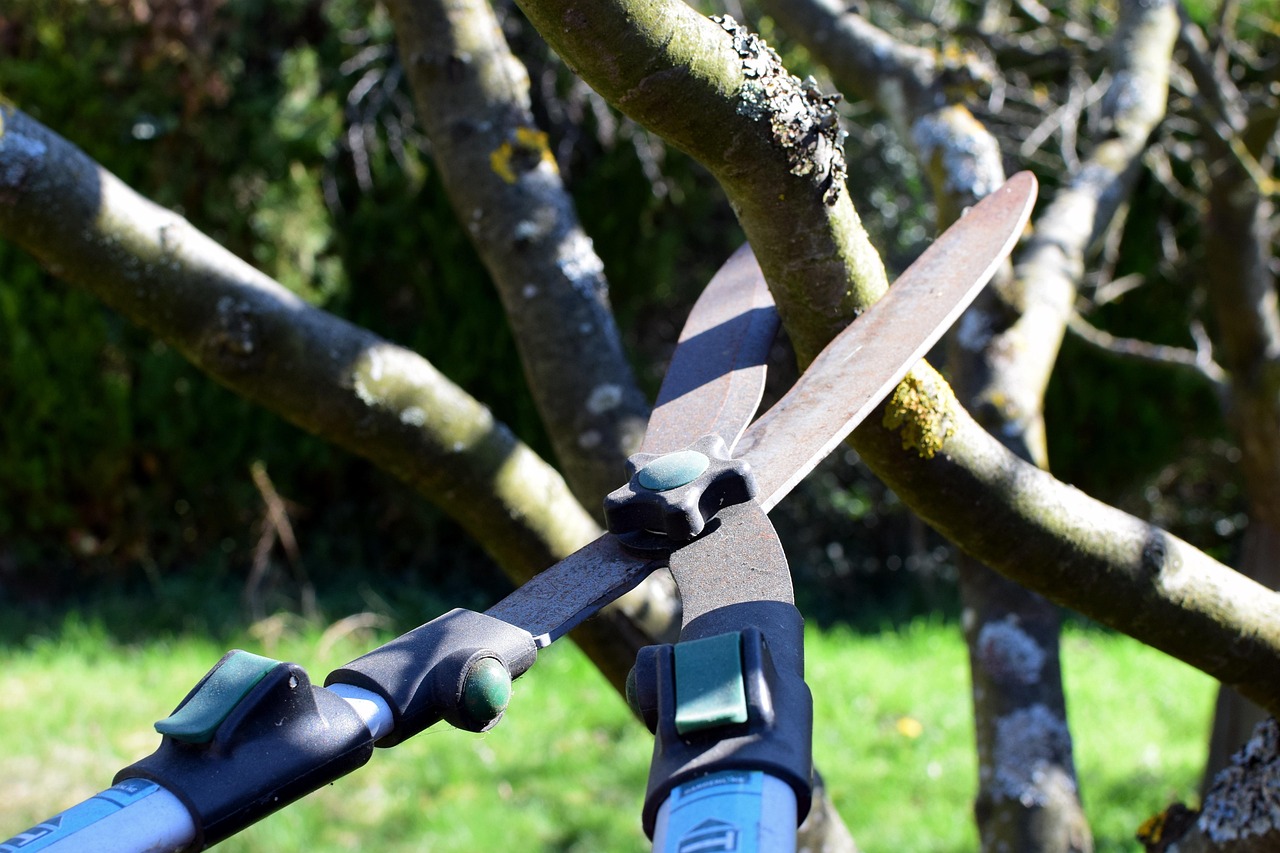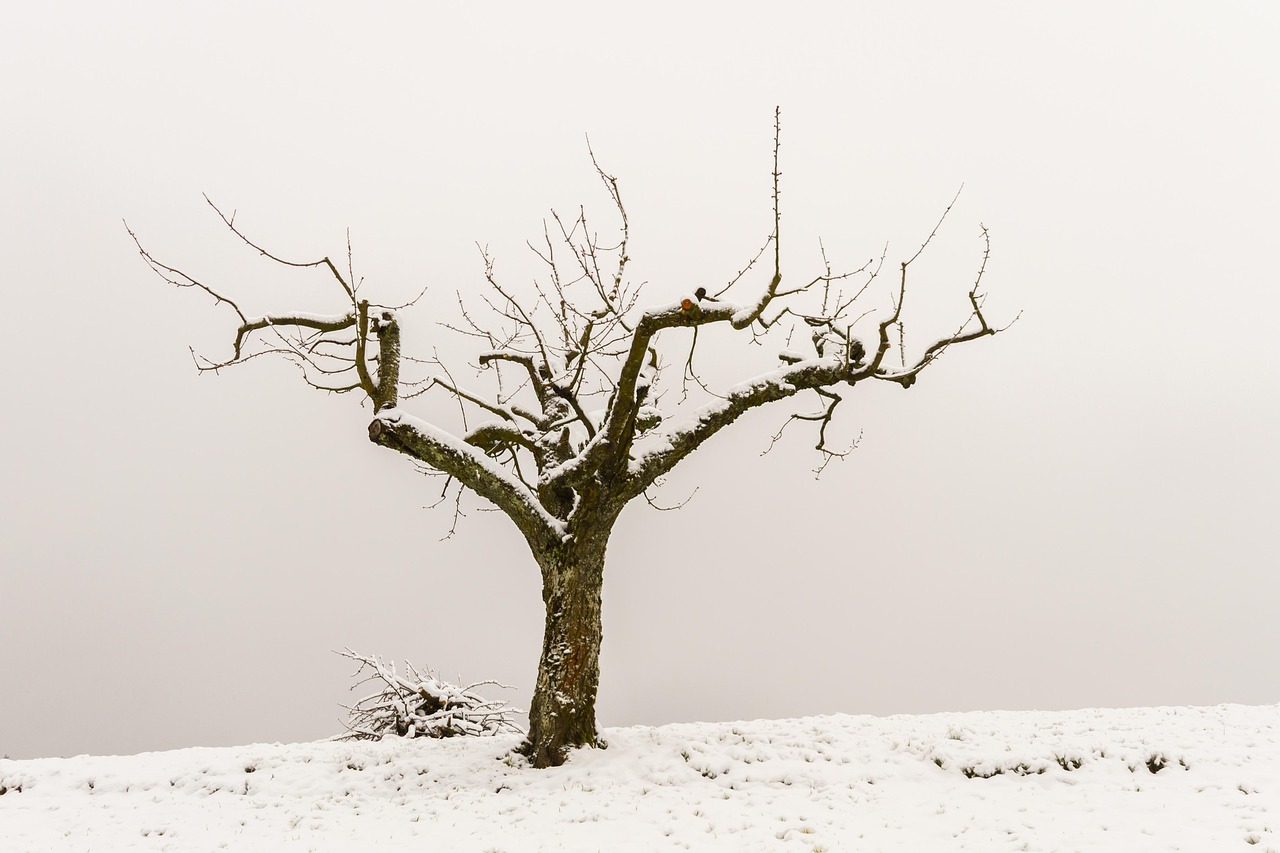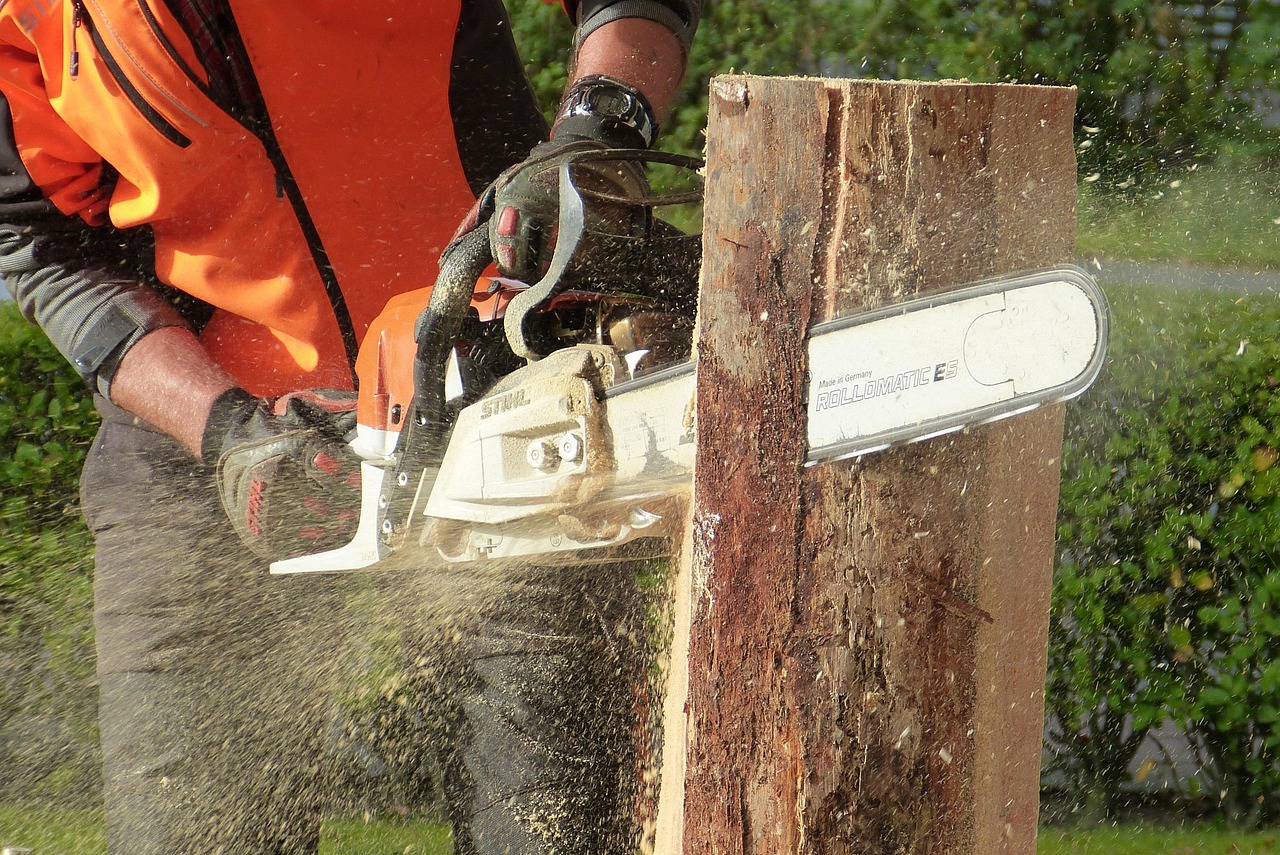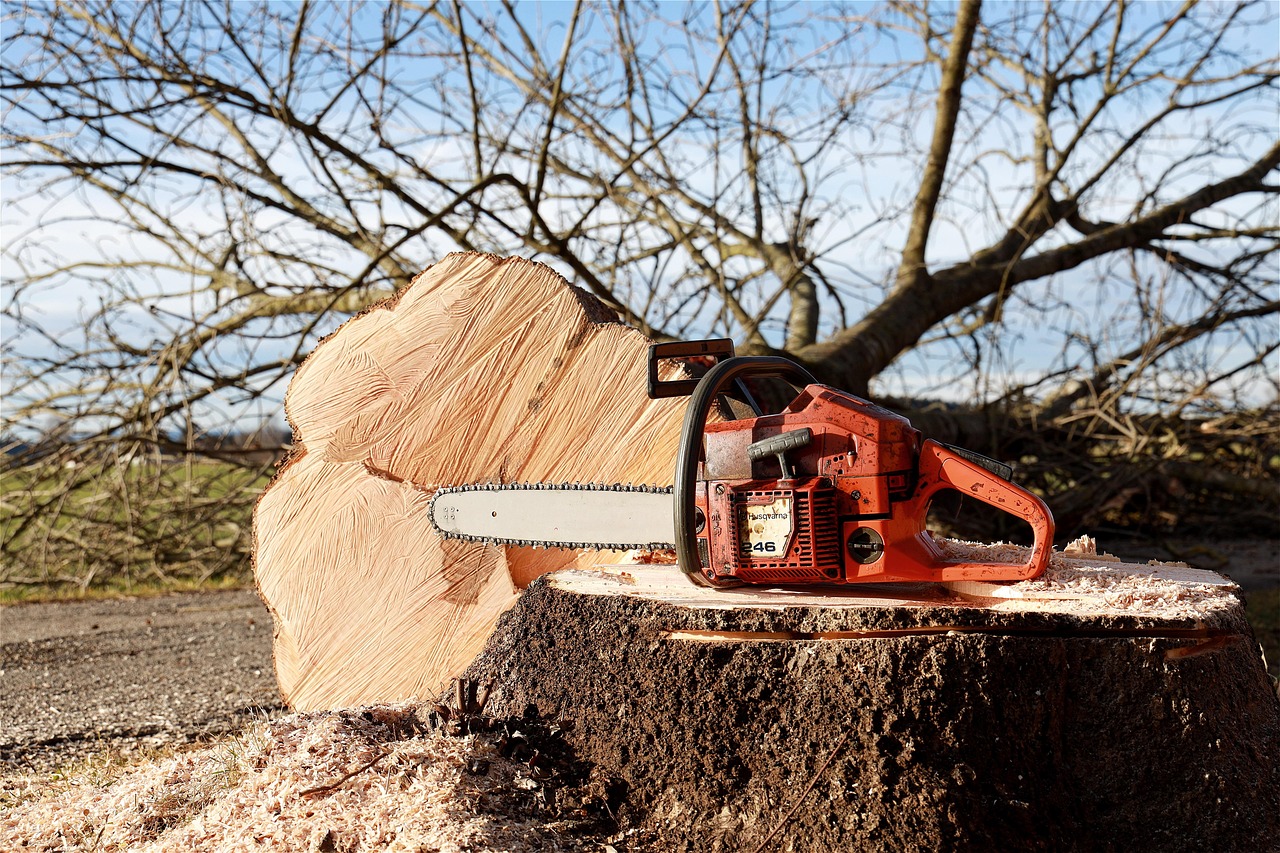Common tree pruning issues include improper timing, incorrect techniques, and failure to consider tree species. Simple solutions involve understanding the best practices for each tree type, using the right tools, and timing your pruning efforts appropriately to promote healthy growth.
Tree pruning is an essential practice for maintaining the health and appearance of your trees. However, many homeowners and even some professionals encounter common issues that can lead to poor results. Understanding these problems and their solutions can make a significant difference in the outcome of your pruning efforts.

Pruning is not just about removing branches; it involves understanding the specific needs of different trees. Each species has unique growth patterns and requirements. For example, some trees should be pruned in late winter while others benefit from summer pruning. Thus, knowledge of timing and technique is crucial.
Common Tree Pruning Issues
To effectively tackle tree pruning challenges, it is helpful to identify the most common issues. Here are a few prevalent problems that many face:
- Improper Timing: Pruning at the wrong time can harm the tree’s growth.
- Incorrect Techniques: Using incorrect pruning methods can lead to damage.
- Ignoring Tree Species: Different species have different needs.
- Poor Tool Maintenance: Dull or dirty tools can create wounds that invite pests.
- Over-Pruning: Removing too much foliage can stress the tree.
Each of these issues can lead to long-term damage if not addressed properly. By recognizing them early, you can apply simple solutions to enhance the health and aesthetics of your trees.

Improper Timing
One of the most critical aspects of tree pruning is timing. Pruning too early in the season can expose trees to frost damage, while late pruning may hinder growth during the active growing season. It is essential to determine the right time based on the tree species.
| Tree Species | Best Pruning Time | Notes |
|---|---|---|
| Maple | Late winter | Avoid sap bleed by pruning before buds swell. |
| Oak | Late summer | Prune to reduce risk of oak wilt disease. |
| Fruit Trees | Winter or early spring | Promotes healthy fruit production. |
| Pine | Early spring | Prune before new growth begins. |
Understanding these timelines allows you to maximize the benefits of pruning while minimizing any potential harm to your trees.
Incorrect Techniques
The way you prune can significantly affect tree health. Incorrect techniques can lead to open wounds, making trees susceptible to diseases and pests. Common mistakes include:

- Cutting too close to the trunk, leaving a stub.
- Making flush cuts that damage the tree’s bark.
- Lopping off large branches without proper support, risking limb breakage.
Using proper techniques, such as making angled cuts away from the trunk and leaving adequate branch collars, helps ensure the tree heals correctly. Additionally, always use sharp tools to make clean cuts that minimize damage.
Ignoring Tree Species
Every tree species has its specific needs regarding pruning. Ignoring these differences can lead to poor growth or even death of the tree. For example, some trees like willows may require more frequent pruning than others like oaks. Researching each species’ preferences before starting your project will yield better results.
Poor Tool Maintenance
The tools you use for pruning play a significant role in the process. Dull or dirty tools can cause unnecessary damage to trees. It is essential to keep your tools clean and sharp. Regular maintenance includes:

- Cleaning tools with disinfectant to prevent disease spread.
- Sharpening blades regularly for clean cuts.
- Inspecting tools before use for any damage or wear.
Taking care of your pruning tools ensures that you work efficiently and safely while protecting your trees from harm.
Over-Pruning
Removing too much foliage can stress a tree. Over-pruning reduces the tree’s ability to photosynthesize effectively, leading to poor health. It is advisable to prune no more than 25% of a tree’s canopy in a single season. This approach allows for healthy regrowth and maintains the tree’s structural integrity.
Monitoring your pruning practices closely will help prevent over-pruning and ensure your trees remain vibrant and healthy.
Benefits of Proper Tree Pruning
Understanding the benefits of proper tree pruning can motivate homeowners to adopt best practices. Pruning not only enhances the appearance of trees but also promotes their overall health and longevity. Here are some key advantages:
- Improved Air Circulation: Pruning allows for better airflow among the branches, reducing the likelihood of fungal diseases.
- Enhanced Light Penetration: Thinning out dense foliage enables sunlight to reach lower branches and surrounding plants.
- Increased Fruit Production: For fruit-bearing trees, proper pruning encourages better yields by promoting healthier blooms.
- Structural Integrity: Regular pruning strengthens the tree’s structure, reducing the risk of branch breakage during storms.
- Encouraged New Growth: Pruning stimulates new growth, leading to a healthier and more vigorous tree.
The benefits of pruning extend beyond aesthetics. They contribute significantly to ecological balance and garden health. Healthy trees can support wildlife and improve the environment.
Signs That Your Trees Need Pruning
Recognizing when your trees need pruning is vital for maintaining their health. Several signs indicate that it might be time to grab your pruning tools:
- Dead or Dying Branches: These can be unsightly and potentially hazardous.
- Overlapping Branches: If branches are crossing each other, it may lead to injury and disease.
- Excessive Growth: Trees that have become too dense may require thinning.
- Pest Infestation: Pruning damaged branches can help control pest populations.
- Uneven Canopy: An unbalanced tree may require shaping for aesthetic purposes.
By monitoring for these signs, you can take timely action to ensure the health and beauty of your trees.
Tools for Effective Pruning
Having the right tools is essential for successful tree pruning. The following tools are commonly used in the pruning process:
- Hand Pruners: Ideal for small branches, hand pruners are easy to use and provide precision.
- Loppers: These are great for cutting thicker branches that are out of reach.
- Saw: A pruning saw is necessary for larger branches that cannot be cut with pruners or loppers.
- Chainsaw: For very large branches or trees, a chainsaw may be required. Exercise caution when using this tool.
- Safety Gear: Always wear gloves, goggles, and a helmet to protect yourself while pruning.
Selecting high-quality tools will make your pruning tasks easier and more effective. Regular maintenance of your tools will also ensure they function properly when needed.
The Right Techniques for Pruning
Mastering the right techniques can significantly improve the results of your pruning efforts. Here are some effective techniques to consider:
Crown Thinning
Crown thinning involves selectively removing branches to increase light penetration and air circulation. This technique is particularly useful for trees with dense foliage. When thinning, focus on removing:
- Dead or diseased branches
- Branches that cross or rub against each other
- Weak or narrow-angled branches
Crown Raising
Crown raising is the practice of removing lower branches to raise the tree’s canopy. This technique can enhance visibility and reduce obstacles under the tree. However, be cautious not to remove too many lower branches at once, as it can stress the tree.
Crown Reduction
Crown reduction aims to reduce the size of the tree while maintaining its natural shape. This technique is often used for overgrown trees. To perform crown reduction effectively:
- Avoid cutting more than 25% of the canopy in one season.
- Make cuts above a lateral branch that is at least one-third the diameter of the branch being removed.
This method helps maintain a healthy tree while controlling its size and shape.
Cleaning Cuts
Making clean cuts is essential for tree health. When cutting branches, always:
- Use sharp tools to ensure clean cuts.
- Aim for a smooth cut at an angle to promote faster healing.
- Avoid tearing bark or leaving stubs, as these can lead to disease.
Implementing these techniques will help you achieve better results in your tree pruning efforts while keeping your trees healthy and thriving.
Seasonal Considerations for Tree Pruning
Understanding the seasons and how they impact tree growth is essential for effective pruning. Different trees respond uniquely to pruning based on the time of year. Here are some seasonal considerations to keep in mind:
Spring Pruning
Spring is a time of growth for many trees. Pruning during this season can encourage new growth and flowering. However, it is important to consider the following:
- Timing: Prune early in spring before the buds break to avoid disrupting new growth.
- Growth Type: Focus on trees that bloom later in the summer or fall, as spring pruning will not affect their flowering.
- Young Trees: It’s an excellent time to shape young trees and encourage a strong structure.
Summer Pruning
Summer is typically a good time for light pruning. This method helps control growth and improves air circulation. Key points include:
- Timing: Summer pruning is best done in late June to early July.
- Focus on Growth: Remove water sprouts and suckers that compete with main branches.
- Wound Healing: Summer cuts may heal faster due to active growth, reducing the risk of disease.
Fall Pruning
Pruning in the fall can be tricky. Trees are preparing for dormancy, and stress from pruning can lead to issues. Consider these factors:
- Timing: Wait until leaves have fallen to prune deciduous trees, as this allows for better visibility of branch structure.
- Tree Types: Avoid pruning flowering trees in the fall, as this can impact next year’s blooms.
- Dormant Trees: Some trees can benefit from fall pruning, but be cautious about the potential for winter damage.
Winter Pruning
Winter is often considered the best time for pruning many trees. The trees are dormant, making it easier to see branch structure without leaves. Benefits of winter pruning include:
- Reduced Stress: Pruning while trees are dormant minimizes stress and promotes vigorous growth in spring.
- Pest Control: Fewer pests are active in winter, reducing the risk of infection from cuts.
- Selectively Pruning: It’s easier to evaluate which branches to remove during this season.
Understanding Tree Health and Disease Management
A healthy tree is less prone to disease and requires less maintenance. When pruning, it is crucial to consider your tree’s overall health. Here are some aspects of tree health and disease management related to pruning:
Identifying Tree Diseases
Being able to identify signs of disease will help you make informed decisions when pruning. Common symptoms include:
- Discolored Leaves: Yellowing or browning leaves may indicate stress or disease.
- Cankers: These are sunken areas on branches or trunks that indicate decay.
- Mushrooms or Fungi: Growth near the base or on branches can signify decay beneath the bark.
Pest Management
Pests can severely impact tree health. Here are some tips for managing pests while pruning:
- Regular Inspections: Inspect trees regularly for signs of pests or damage.
- Treatments: Use appropriate treatments, such as insecticides or fungicides, as necessary.
- Cultural Practices: Promote healthy growth through proper watering, mulching, and fertilization.
Pruning Affected Branches
If you discover diseased branches during pruning, it is essential to remove them carefully. Follow these steps:
- Identify Affected Areas: Clearly mark or remember which branches show signs of disease.
- Use Clean Tools: Disinfect your tools before and after cutting to prevent spreading disease.
- Dispose Properly: Do not leave diseased branches on the ground; instead, dispose of them properly to prevent further infection.
The Role of Professional Arborists
While many homeowners can manage basic pruning, some situations warrant the expertise of a professional arborist. Here are reasons why consulting an expert may be beneficial:
- Complex Pruning Needs: For large trees or complex structures, professionals have the skills and experience necessary.
- Disease Diagnosis: Arborists can accurately diagnose tree diseases and recommend treatments.
- Safety Concerns: Working at heights or near power lines requires professional training and equipment.
- Aesthetic Considerations: Professionals can help achieve specific aesthetic goals while promoting tree health.
Engaging a qualified arborist can save time and ensure that your trees are pruned correctly for their long-term health and beauty.
Additional Resources for Tree Pruning
For those looking to deepen their understanding of tree pruning, numerous resources can provide further insights and guidance. Here are some recommended sources:
- Books: Consider reading authoritative books on arboriculture and tree care. Titles such as “Pruning and Training of Trees, Shrubs, and Vines” offer in-depth knowledge.
- Online Courses: Many universities and organizations offer online courses in horticulture and tree management, providing valuable information and practical skills.
- Local Extension Services: Many states have cooperative extension services that provide resources, workshops, and expert advice on tree care.
- Professional Organizations: Groups like the International Society of Arboriculture (ISA) offer resources, certifications, and educational materials for both professionals and enthusiasts.
Utilizing these resources can enhance your pruning skills and overall knowledge about tree health and management.
Sustainable Pruning Practices
As environmental awareness grows, incorporating sustainable practices into tree pruning becomes increasingly important. Here are some strategies to consider:
- Minimize Waste: Use the cut branches for mulch or composting instead of discarding them. This practice returns nutrients to the soil.
- Native Tree Promotion: Focus on pruning native species. They are better adapted to local conditions and require less maintenance.
- Integrated Pest Management (IPM): Combine pruning with other pest management techniques to minimize chemical use and promote ecological balance.
- Educate Others: Share your knowledge about sustainable practices with neighbors and community members to foster a culture of responsible tree care.
Implementing sustainable pruning practices contributes to healthier ecosystems and promotes environmental stewardship.
Common Myths About Tree Pruning
There are several myths surrounding tree pruning that can lead to misunderstandings. Here are some common myths debunked:
- Myth 1: Pruning is Only Necessary for Tree Aesthetics. While aesthetics are important, pruning is crucial for health, safety, and growth.
- Myth 2: You Can Prune Anytime. Timing is key. Pruning at the wrong time can damage the tree.
- Myth 3: More Pruning is Always Better. Over-pruning can stress trees; moderation is essential.
- Myth 4: All Pruning Tools are the Same. Using the right tool for the job is vital to prevent damage to both the tree and the tool.
By understanding these myths, you can make more informed decisions about tree care practices.
Final Thoughts
Tree pruning is an essential aspect of maintaining healthy trees and enhancing the beauty of your landscape. By understanding common issues and implementing simple solutions, you can effectively manage your trees’ health and appearance. Proper timing, techniques, and tools are critical components of successful pruning practices. Additionally, recognizing signs of disease and knowing when to seek professional help can prevent long-term damage to your trees.
Sustainable practices are vital for promoting ecological health while ensuring that you meet your landscaping goals. By educating yourself and others, you contribute to a community that values responsible tree care. Remember that each tree species has unique needs, so continuous learning is key to becoming a proficient pruner.
Engaging with local resources and professional arborists can provide invaluable support as you embark on your tree pruning journey. With the right knowledge and tools, you can nurture your trees for generations to come, creating a thriving environment that benefits both plants and people alike.
